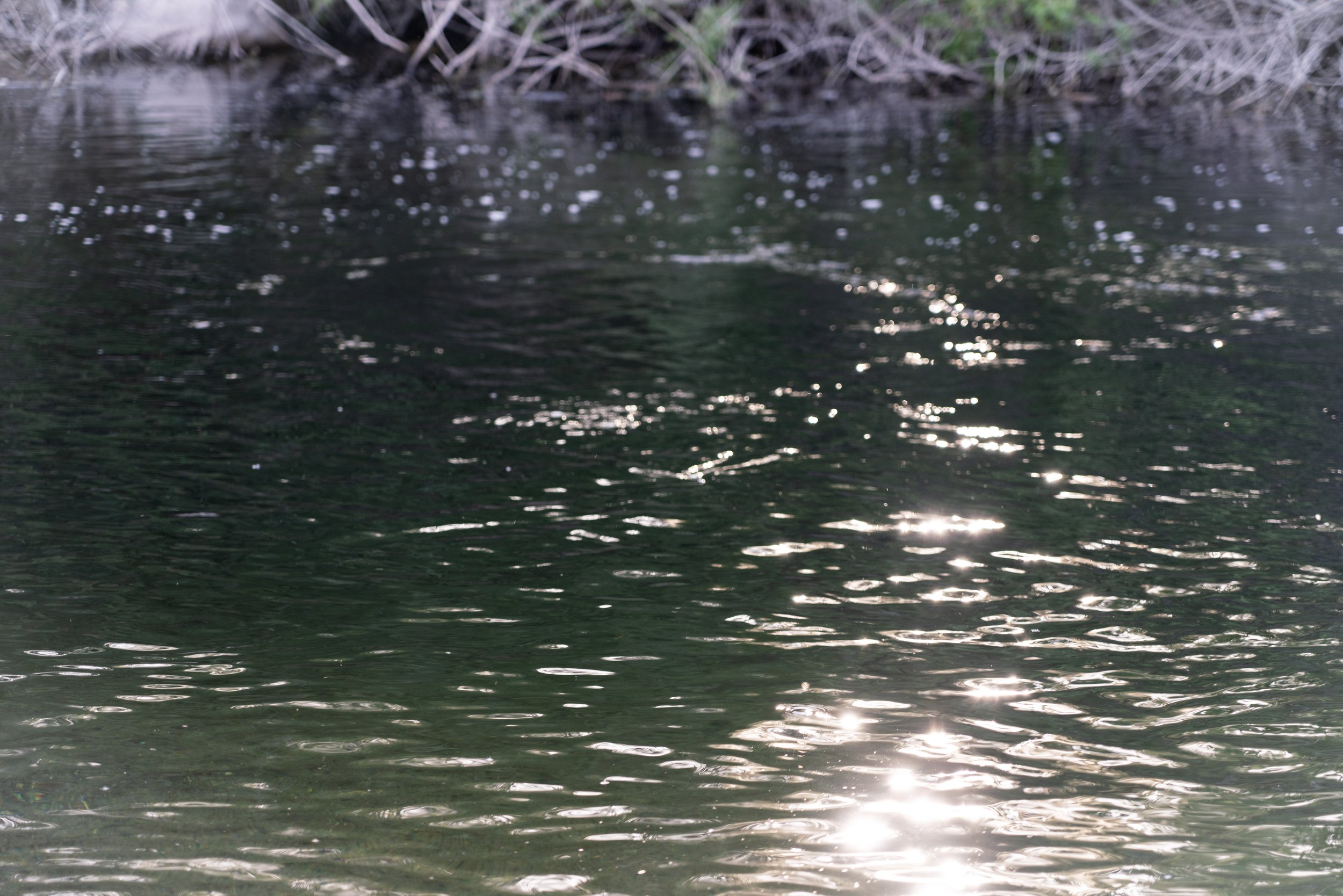
About Us
Since 1982, we have advocated for property owners in the Russian River Valley of Northern California.
Our Board is working on your behalf on the following issues:
Sonoma County Well Ordinance
In June of 2022, the California Coastkeeper Alliance filed a lawsuit against Sonoma County. The suit was filed to compel the County of Sonoma to consider impacts to public trust resources as well drilling permits were issued. We successfully moderated conditions for drilling a new, and or a replacement well for agriculture producers. We also successfully exempted many landowners along the Russian River from the new conditions associated with the Ordinance.
Four of those benefits:
Protected baseline water use for replacement wells
No metering requirement on existing wells
The allowance of .6 AF of water per acre for irrigation of grapes (note the .6 is independent of frost water use)
Maintenance of a ministerial process for agriculture wells – critical as a discretionary permit is very expensive and time consuming
10,000 AF of Water from Lake Mendocino (Potter Valley Project)
With so much uncertainty about the availability of water from our neighbors to the north, the RRPOA began exploring our options for securing 10,000 AF of water behind Coyote Dam to ensure we had flows in the Russian River sufficient to water our crops. This is a difficult issue as so many players are at the table. We have been meeting and working with a variety of interests to ensure that our future water needs are addressed. Several benefits we are working on:
Securing a seat at the table for Sonoma County Agriculture – ensuring our voice and needs are heard and addressed through our participation in the Russian River Water Forum
Understanding who has access to the 10,000 AF of water
Building partnerships to ensure broad support from the community for agriculture’s continued access to Eel River water
Voluntary Water Sharing Program
In 2021, RRPOA began participating in creating a voluntary water sharing program, that would provide relief from water rights curtailments (associated with drought conditions) in the Russian River. Many of you enrolled in the program and agreed to share water with neighbors so that the economic impacts would be reduced. Benefits of the program included:
Locally developed program created with a partnership of many diverse interests
Provided a way for water rights holders to share water and be mindful of water rights
Attained the goal of “some water is better than no water”, which saved crops
First approved water sharing program in California, providing resilience for future years of water shortage
Formation of a Water District
In order for you to have a long-standing voice in water availability outcomes, we need to form a landowner-based water District. The RRPOA is working with the Local Agency Formation Commission (LAFCO) and Senator McGuire’s office to create a District. Several benefits of a District include:
A seat at the table when long-term decisions are made about water availability
The ability of landowners to manage water for their benefit
Developing plans to avoid future regulations – including a SGMA basin designation – which allows for outside individuals to manage groundwater